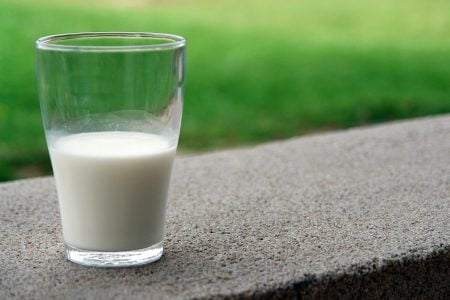Browsing: Lactose Intolerance
Comprehensive Information, Resources, and Support on Lactose Intolerance
Tips For Cooking and Eating Out While Maintaining Your Lactose Free Diet Plan
Learn how to cook and eat out with a lactose-free diet, with tips and substitutions for dairy products and recipe ideas for managing symptoms and improving gut health.
The Differences Between Lactose Intolerance, Milk Allergy, and Dairy Intolerance
Learn the key differences between lactose intolerance, milk allergy, and dairy intolerance, including causes, symptoms, and treatment options. Understand how to distinguish between these conditions and identify the best course of action for managing them.
Learn how to easily identify and choose lactose-free products for individuals with lactose intolerance. Understand product types, read labels, and consult with healthcare professionals for guidance.
Understanding the Causes and Symptoms of Lactose Intolerance
Lactose intolerance is caused by a lack of the enzyme lactase, which breaks down lactose in milk products. Symptoms include diarrhea, gas, bloating, and stomach cramps. It can be managed by reducing lactose intake or taking lactase supplements.







